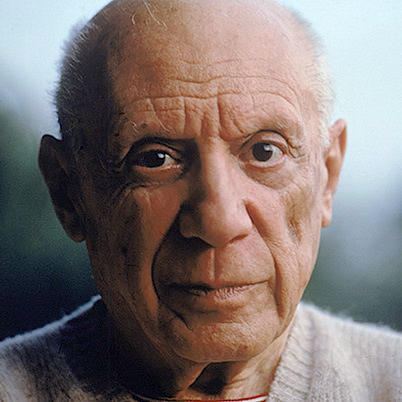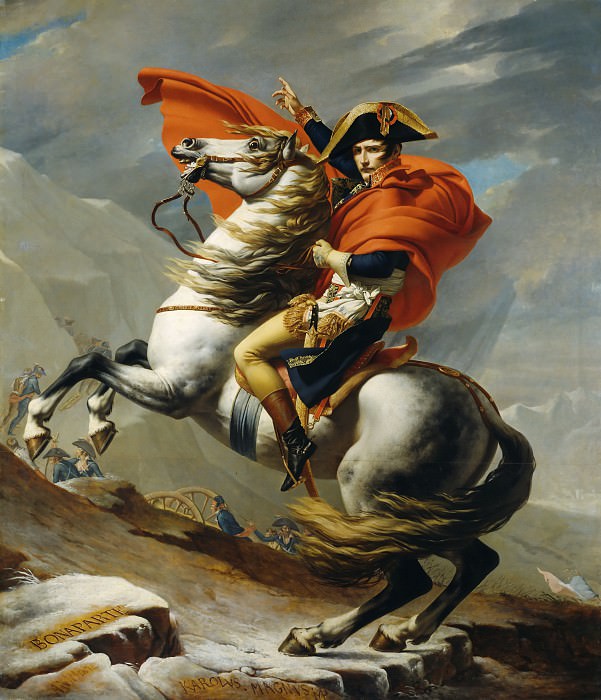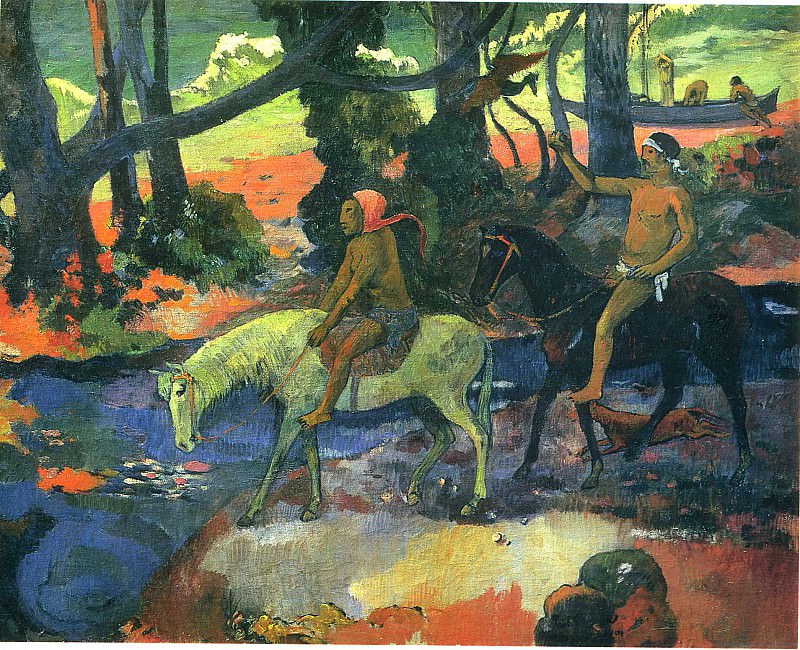Henry Moore: A Master of Modern Sculpture
Henry Moore is widely regarded as one of the most significant British artists of the 20th century, celebrated for his revolutionary approach to sculpture. His works, often characterized by their abstract forms and organic shapes, have left an indelible mark on the world of art. Moore’s ability to merge modernist ideals with timeless, natural forms has made his sculptures iconic and universally recognizable.
Early Life and Influences
Born on July 30, 1898, in Castleford, Yorkshire, Henry Spencer Moore was the seventh of eight children in a family that valued education and hard work. Moore's father, a coal miner, was determined that his children would not follow him into the mines. This ambition for a better life was a driving force behind Moore's pursuit of art.
From an early age, Moore was fascinated by the natural world and the human form. His interest in sculpture was sparked at the age of eleven when he heard about Michelangelo's work. This inspiration led him to pursue his passion, eventually enrolling at Leeds School of Art in 1919 after serving in the British Army during World War I. His education continued at the Royal College of Art in London, where he honed his skills and developed his unique style.
Development of Style
Moore's early works were heavily influenced by the pre-Columbian, African, and Oceanic art he studied at the British Museum. These non-Western art forms introduced him to new ways of seeing and representing the human figure. Moore's sculptures began to take on a more abstract and primitive quality, emphasizing form and texture over realistic representation.
One of the defining features of Moore's work is his use of the reclining figure, a motif that he explored throughout his career. This form allowed him to experiment with different shapes and proportions, creating sculptures that were both monumental and intimate. Moore's reclining figures are characterized by their smooth, flowing lines and organic shapes, which often evoke the landscape and the natural world.
War and Transformation
The outbreak of World War II had a profound impact on Moore's life and work. During the war, he served as an official war artist, creating a series of drawings known as the "Shelter Sketchbooks." These works depict the scenes of Londoners taking refuge in underground shelters during the Blitz. The haunting images of people huddled together in the dark had a lasting influence on Moore's sculpture, leading him to explore themes of protection, vulnerability, and humanity's resilience.
After the war, Moore's work gained international recognition. He received numerous commissions for public sculptures, which allowed him to create large-scale works that were installed in prominent locations around the world. These public commissions solidified his reputation as a leading figure in modern sculpture.
Major Works and Commissions
One of Moore's most famous works is "Reclining Figure" (1951), a large bronze sculpture that embodies his signature style. The piece is characterized by its abstract, organic form and the interplay of positive and negative space. Moore's use of voids and hollows within the sculpture creates a sense of movement and lightness, despite its massive size.
Another significant work is "Nuclear Energy" (1964-1966), a sculpture commissioned to commemorate the first controlled nuclear chain reaction. Installed at the University of Chicago, the piece is both a celebration of scientific achievement and a contemplation of the potential dangers of nuclear power. The sculpture's abstract form suggests both the human figure and an atomic explosion, reflecting Moore's ability to convey complex themes through simple shapes.
Moore's "Knife Edge Two Piece" (1962-1965) is another notable work, located in Westminster, London. The sculpture consists of two abstract forms that appear to be in dialogue with each other. The piece exemplifies Moore's interest in the relationship between objects and space, as well as his ability to create tension and balance within his work.
Legacy and Impact
Henry Moore's influence on the art world extends far beyond his lifetime. His innovative approach to sculpture, characterized by its abstraction, use of natural forms, and exploration of space, has inspired countless artists. Moore's work paved the way for future generations of sculptors to push the boundaries of the medium and explore new ways of seeing and representing the world.
Moore's sculptures can be found in major museums and public spaces around the globe, ensuring that his legacy continues to be appreciated by new audiences. The Henry Moore Foundation, established by the artist in 1977, continues to support the study and promotion of sculpture, as well as the conservation of Moore's own works.
Conclusion
Henry Moore's art is a testament to his ability to merge the modern with the timeless. His sculptures, with their abstract forms and organic shapes, capture the essence of the human experience and the natural world. Through his innovative approach and profound understanding of form and space, Moore has left an enduring legacy that continues to inspire and captivate audiences around the world. His work remains a cornerstone of modern sculpture, reflecting the beauty and complexity of the human condition.
















